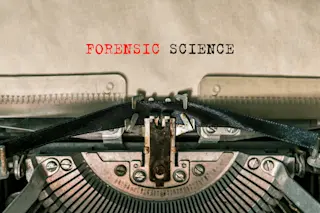This is an excerpt from the new book The Killer of Little Shepherds: A True Crime Story and the Birth of Forensic Science, by Douglas Starr.
When Alexandre Lacassagne arrived at the Institute of Legal Medicine in Lyon in 1881, he set about bringing the study of forensics into the modern era. It would be a new kind of practice, based on practical training, extensive research and translating that research into standardized procedures. It did not carry the glory of Pasteur’s discoveries or the history-changing paradigms of Darwin’s. Perhaps for those reasons his name is forgotten. But in terms of human benefits—villains brought to justice, innocent people freed, the overall civilizing affect on society—the impact of Lacassagne’s work was immense.
Lacassagne believed medical students' education was overly theoretical and lecture-based; he felt that what students really needed was practical experience. Under his tutelage, students assisted in eighty or more criminal ...















